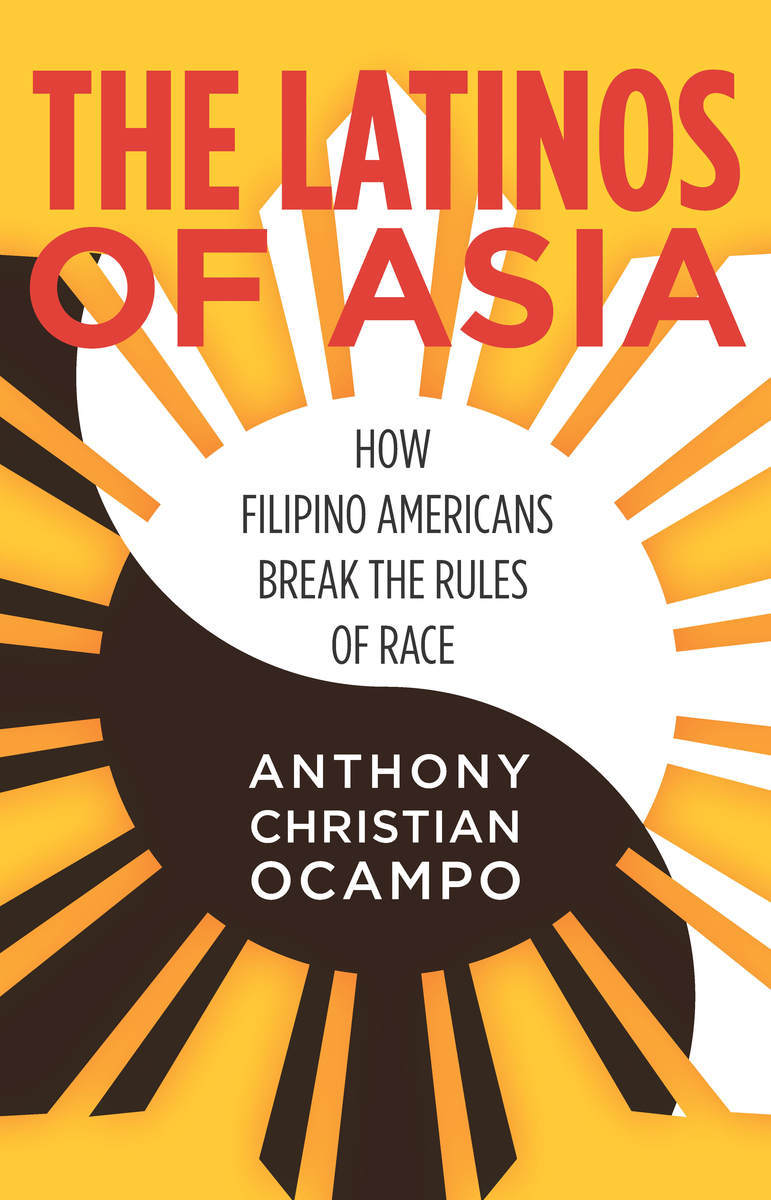Filipino Americans: Blending Cultures, Redefining RacePosted in Articles, Asian Diaspora, Audio, Census/Demographics, Interviews, Latino Studies, Media Archive, United States on 2016-05-27 16:44Z by Steven |
Filipino Americans: Blending Cultures, Redefining Race
Code Switch: Race and Identity, Remixed
National Public Radio
2016-05-24
Renee Montagne, Host
There are over 3 million people of Filipino heritage living in the U.S., and many say they relate better to Latino Americans than other Asian American groups. In part, that can be traced to the history of the Philippines, which was ruled by Spain for more than 300 years. That colonial relationship created a cultural bond that persists to this day.
It’s the topic of the book The Latinos of Asia: How Filipino Americans Break the Rules of Race. Author Anthony Ocampo spoke about the book with Morning Edition’s Renee Montagne.
Read the interview highlights here. Read the transcript here. Download the interview here.
